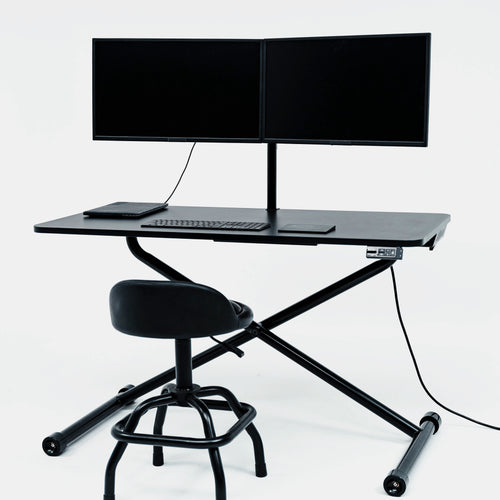The Ultimate Guide to Managed IT Providers for Small Businesses
In today’s electronic landscape, small businesses face the very same innovation tests as larger companies, albeit with fewer sources. From information monitoring to cybersecurity, the intricacy can be overwhelming. However what if we informed you there’s a means to take on these challenges without breaking the financial institution? Invite to the world of managed IT services for small businesses! This post will explore what these services encompass, their benefits, and just how they can change your company.
What Are Managed IT Services?
Managed IT services involve outsourcing a business’s IT administration and support to a third-party supplier, permitting businesses to concentrate on their core operations. This can consist of a broad range of services such as:
Network monitoring and administration
Information backup and catastrophe healing
Cybersecurity
Software monitoring and updates
Help desk support
IT consulting and approach
Cloud services
Why Managed IT Services Issue for Small Businesses
For small businesses, effective IT administration is crucial for several reasons:
Cost Effectiveness: Maintaining an internal IT team can be costly, specifically for smaller organizations. Managed IT services supply a affordable option, as you pay a predictable monthly charge for a comprehensive range of services.
Accessibility to Competence: Small businesses commonly lack needed internal IT abilities. By outsourcing to a managed providers, you gain access to IT professionals that can provide customized expertise and assistance.
Focus on Core Workflows: With IT administration handled externally, small business owners can commit even more energy and time to core operations, ultimately driving development.
Proactive Assistance: Managed IT services usually include aggressive monitoring of systems, capturing potential problems before they intensify, reducing downtime and interruptions.
Trick Elements of Managed IT Providers for Small Businesses
Network Security: Safety and security is a major problem. Managed IT service providers apply options to secure delicate information, consisting of firewall softwares and regular analyses.
Data Back-up and Calamity Healing: A strong back-up and recovery strategy is vital in case of data loss. Managed IT services guarantee information is backed up regularly and can be rapidly brought back.
Cloud Providers: Cloud computing allows small businesses to store and manage information online. Managed IT suppliers help move to the cloud and guarantee smooth procedure.
Assist Workdesk Assistance: Having instant access to aid is important when modern technology concerns develop. Managed IT services consist of assistance workdesk assistance, supplying troubleshooting and guidance.
IT Consulting and Technique: Managed IT companies assist companies plan for the future, offering technology analyses and calculated referrals aligned with service goals.
Picking the Right Managed IT Services for Your Small Business
Choosing the appropriate carrier for managed IT services is critical for maximizing benefits. Below are some elements to take into consideration:
Series Of Solutions Offered: Make certain the supplier offers a comprehensive suite of services that line up with your company demands, such as cybersecurity and cloud services.
Experience in Your Industry: Select a service provider with experience collaborating with organizations in your industry. Knowledge with market difficulties brings about a lot more effective remedies.
Feedback Time and Assistance: Quick resolution of problems is vital. Ask about action times and assistance structure to make certain very little downtime.
Client Evaluations and Testimonials: Study the supplier’s online reputation by taking a look at customer reviews. Positive comments can offer you confidence in their services.
Customization Options: Your business is distinct; choose a provider that can customize their services based upon your certain objectives.
The Benefits of Managed IT Providers for Small Businesses
Enhanced Efficiency and Efficiency: By outsourcing IT monitoring, small businesses can enhance operations and improve total effectiveness.
Boosted Protection: With cyber threats growing, a strong safety and security stance is essential. Managed IT services offer surveillance and defense against possible threats.
Scalability: Managed IT services permit you to scale your modern technology according to your needs. As you expand, your IT service can advance, ensuring you have the essential resources.
Verdict: Taking the Next Step
Managed IT services for small businesses can be a game-changer, using economical solutions, accessibility to experience, and enhanced functional efficiency. By partnering with a managed IT services provider, you can guarantee your organization is well furnished to navigate the digital landscape.
For customized managed IT services for small businesses, Athens Micro is below to assist. Our services satisfy the one-of-a-kind needs of small businesses while taking full advantage of modern technology benefits and lessening IT administration stress and anxiety.
If you have further inquiries or intend to discuss how managed IT services can fit into your organization method, connect to us. Your success is our priority, and we’re here to assist you navigate the complexities of IT easily.









